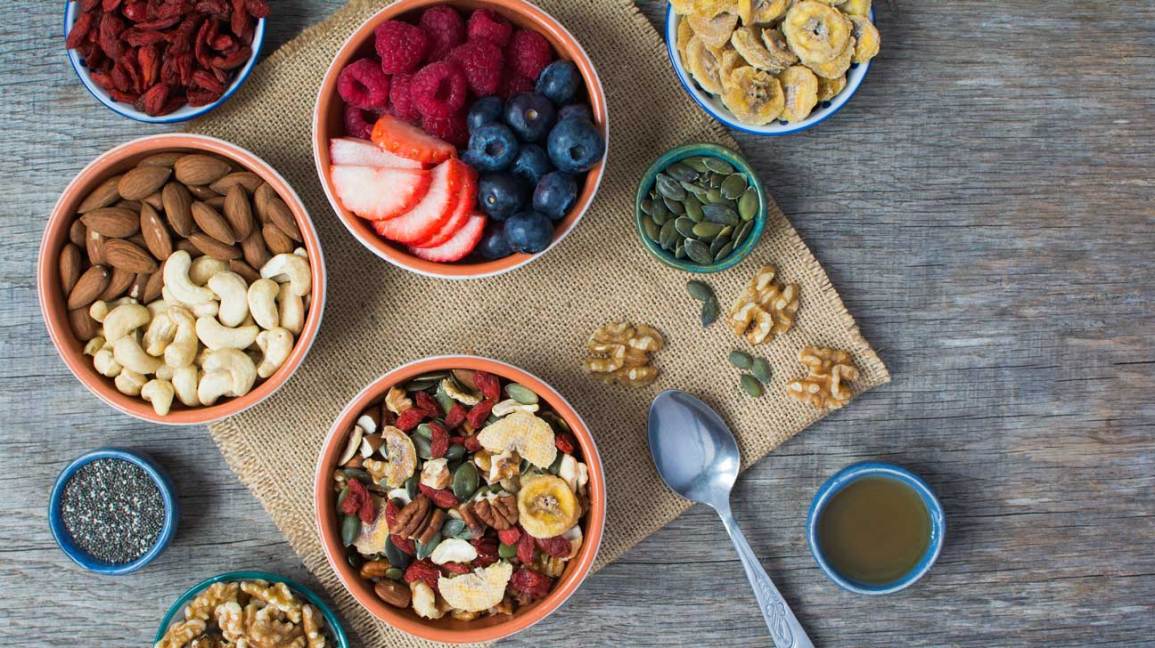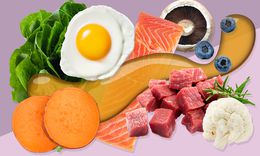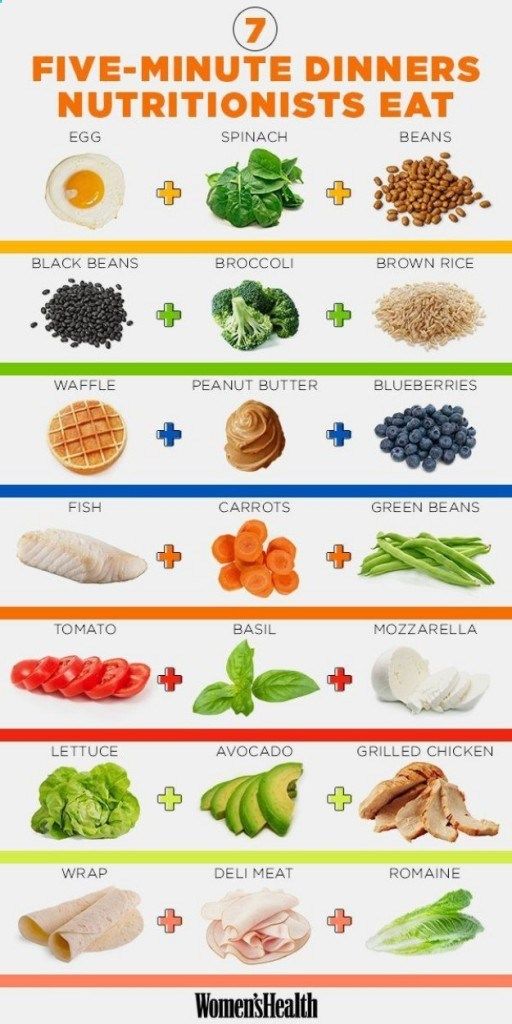
The DASH diet is a popular weight loss plan. This diet follows the Mayo Clinic principles. While this diet has many benefits, it is not for everyone. This article will talk about the DASH diet as well as the best foods to avoid. It is also covered what the DASH diet costs. Read on to find out more.
DASH diet has health benefits
If you are looking to lose weight, the DASH diet is a great option. It encourages specific food groups to be consumed, as well as calorie intake. Whole grains are allowed, such as whole grain breads and breakfast cereals. All vegetables (including tomatoes and lettuce) are allowed. Those on the DASH diet should limit their sodium intake to less than two hundred milligrams per day.
It is important to make sure that your meals are rich in fruits and vegetables when you cook them. Lean protein sources like chicken and fish are best, as is limiting your consumption of red beef. Choose fat-free dairy products over red meat, and stick to lean protein sources. DASH diet also emphasizes the importance of reducing saturated fats as well as added sugar. Another option is low-calorie beverages.
Foods to include in a DASH diet

DASH emphasizes vegetables, fruits, and whole grains. It restricts red meat, sugar and sodium and generally follows a low-fat diet. DASH does not allow for red meat or processed meat. For the best results, you should follow the DASH Diet. However, if you are already on a DASH diet, there are some changes you can make to make it fit your lifestyle.
Blood pressure is an overall measure of the force exerted on organs and blood vessels by the DASH diet. It is expressed in two numbers: the DASH diet's systolic, which measures the pressure during heartbeats, and diastolic, which measures the pressure in blood vessels between heartbeats. This diet is great for those who have high bloodpressure.
DASH diet food list
You should avoid certain foods when you follow the DASH diet. Although most adults have blood pressures less than 120/80, those with high blood pressure are considered high. High blood pressure is defined as someone with blood pressures above 140/90. The DASH diet has been proved to be effective in lowering blood sugar.
One food you should avoid on the DASH diet is processed food. High levels of sodium are common in processed foods. Fresh foods are usually lower in sodium and have higher levels of fiber, vitamins and mineral. Look out for foods low in sodium in the supermarket's outside aisles. They can be fresh fruits and vegetables as well as low-fat dairy and even nuts. You should avoid processed foods as much as possible and choose fresh fruit and vegetables.
DASH diet cost

A DASH diet can help you live a healthier life. DASH is a way to make dietary changes. Your meals will be rich in fruits and vegetables, as well as good sources of protein. Refined grains can be swapped for whole ones. You can also choose fat-free butter instead of butter, and lean meats and fish. Limit your intake of saturated fats and added sugars. Instead of soda, you can drink water or low-calorie beverages.
DASH diet might be an option if you have high levels of blood pressure. This diet will lower your blood pressure by about 4 milligrams. Your diastolic will drop by about 2 milligrams. DASH is a diet that emphasizes fruits, vegetables, and lean proteins. It also avoids red meat and processed food. It is also low in fat and may help lower your risk of cardiovascular disease and stroke.
FAQ
What can I learn about cooking?
There are numerous cooking classes offered across the country. You can find courses in baking, pastry and wine tasting at many schools. You can learn more about how to cook by enrolling in a class at either a local vocational school or community college.
What is the cost of a culinary school?
Costs for culinary school vary depending on where you live, how long you study and which program you choose. The average tuition ranges from $10,000-$30,000 per year. Most students graduate with approximately $20,000 in debt. Some programs offer work-study, grants, scholarships and grants.
What is the average time it takes to become a chef? What is the average career path?
It takes five years to become a chef. You will be able to learn basic cooking techniques as well as gain practical experience working in a kitchen. When you finish your training, you can apply for positions as a line cook, sous chef, or executive chef. The average salary for a chef ranges from $25,000 to $60,000 per year.
What are the requirements to become a chef?
A bachelor's degree is required to become a chef. You will also need to pass several tests administered by ACF. A certificate will verify your qualifications once you have met all of these requirements.
How do I become a Chef?
There are many ways to become a chef. You can begin by taking a course at a community college or vocational school. You might also consider going to culinary school. A paid internship is another option.
Which is the best method to store leftovers?
Tupperware containers work well for leftovers. These containers preserve food freshness and stop odors from developing. They can also keep food warm longer. Leftover food can be frozen in freezer bags. When freezing food, place the bag inside another freezer bag so that air doesn't escape. After the food is frozen, place it in a sealed container like a ziplock bag.
Statistics
- under 10 Kids have been taught that there is special food just for them, and Fiese says that 10 percent of kids will throw a tantrum if they don't get the food they want. (washingtonpost.com)
- In the United States, the category is estimated at $23.2 billion annually and is growing faster than the market. (washingtonpost.com)
- You'll be amazed that over 90% of CIA students receive scholarships and grants to finish their culinary studies. (ischoolconnect.com)
External Links
How To
How to cook your steak
The right cooking method for any type of meat depends on its thickness. Thicker steaks cook best at low heat. Thicker steaks require higher temperatures.
You should also ensure you don't overcook them because they'll lose flavor. And remember always to remove the steak from the pan when it's done - this way, you won't burn yourself.
Cooking times vary depending on the size and degree of doneness desired. These are some guidelines:
Medium Rare: Cook till medium rare. This is when the internal temperature of the food reaches 145°F (63°C). This will take between 3 to 5 minutes per side.
Medium: Cook the meat until it reaches 160°F (71°C). This usually takes only 6 minutes per side.
You are done when the internal temperatures reach 180°F (82°C). This can take between 8-12 minutes per side.